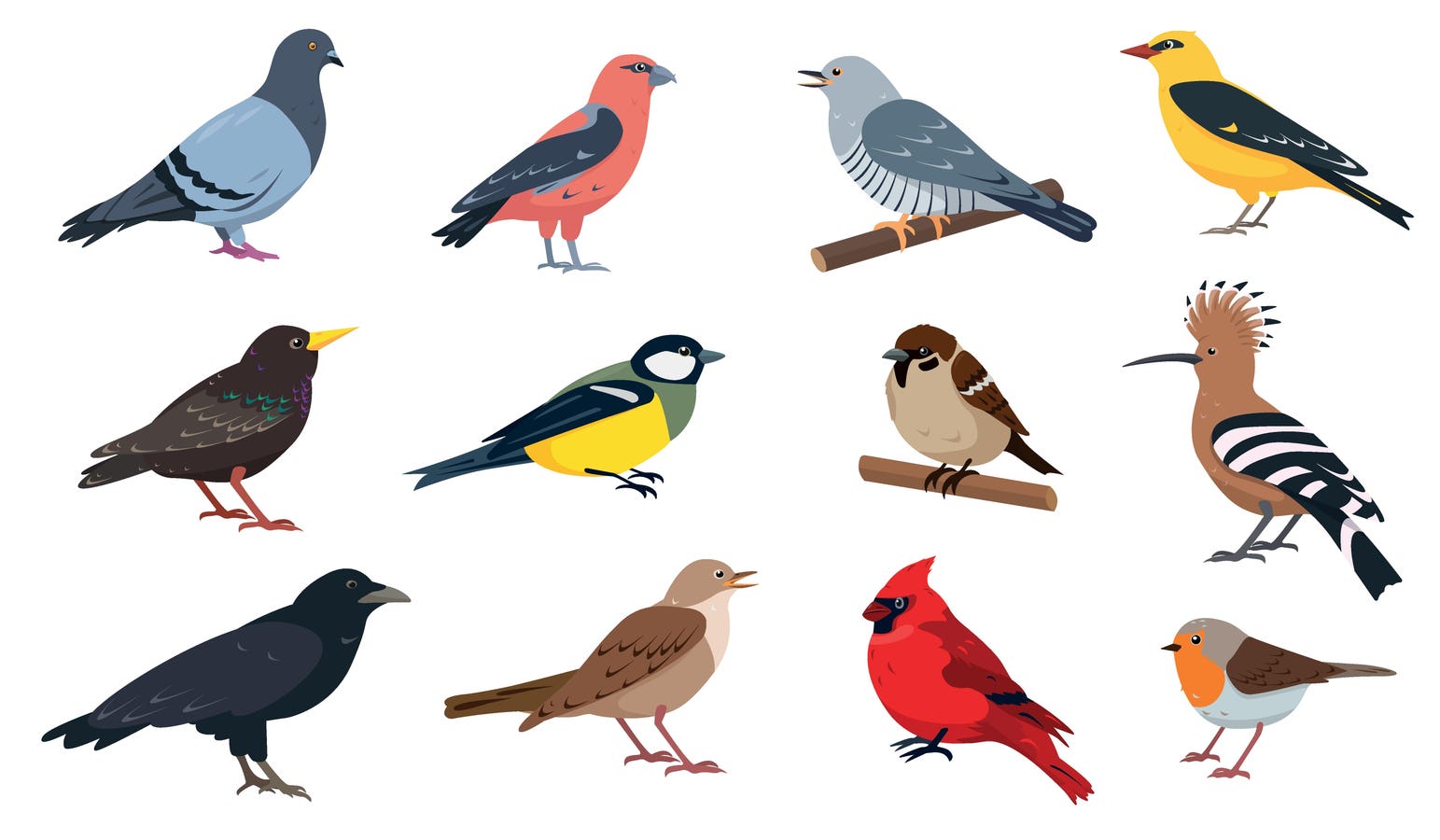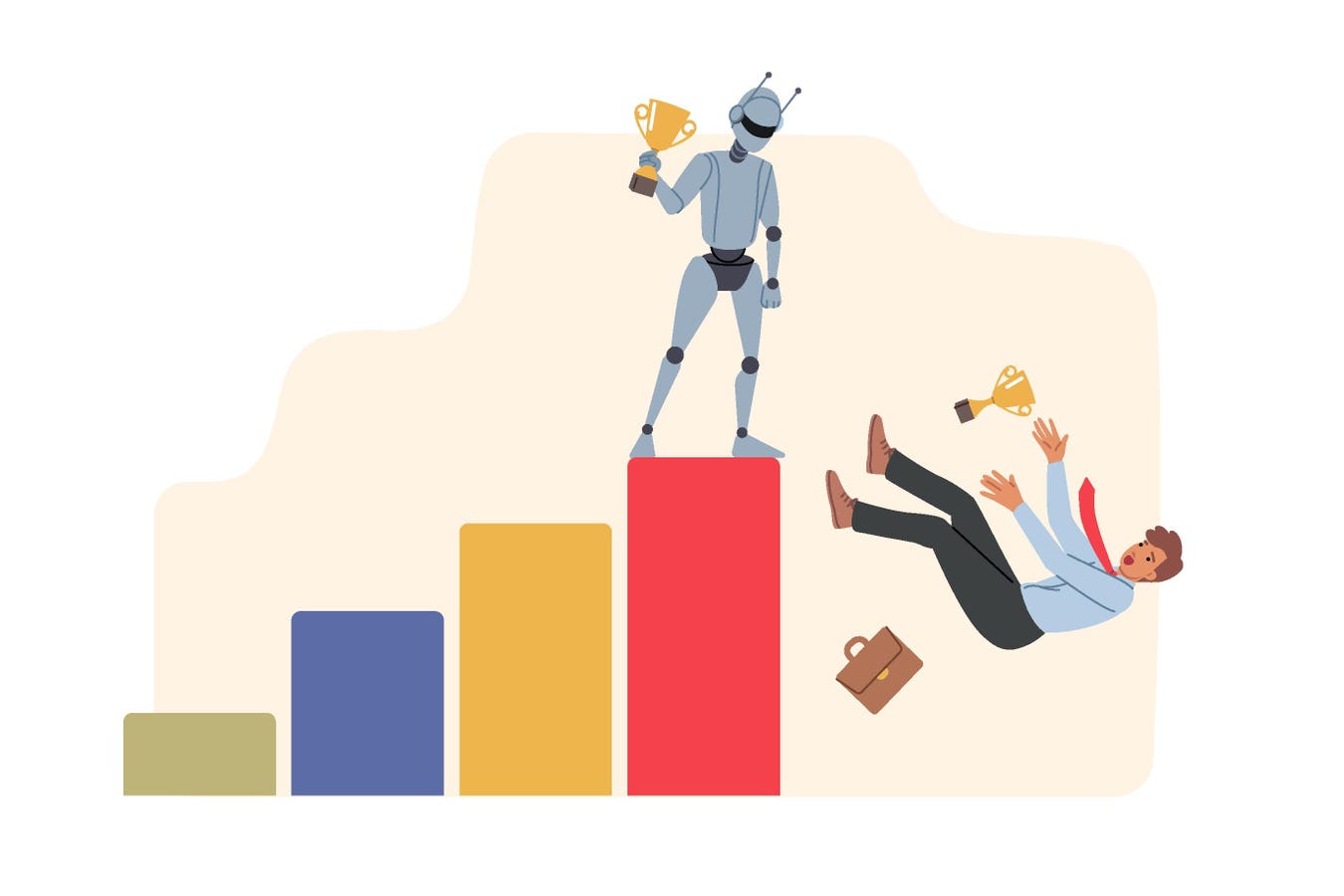There are thousands of bird species that inhabit planet Earth, but one flies off the chart in terms of its population statistics. Here’s its story.
getty
What would you guess the most common bird in the world to be? The sparrow? The pigeon? The seagull? Although intuitive, these guesses don’t even come close to the correct answer in terms of population. It isn’t one that you’d typically spot in your backyard, nor one that you’d hear singing on a forest trail.
In reality, it’s the chicken. Gallus gallus domesticus has an estimated global population of a whopping 22 billion; it outnumbers all other bird species on the planet, and by an astonishing margin, at that.
Here’s the story of how the humble chicken came to be the most prolific bird in the world.
A Bird Unlike Any Other
Chickens forage for food on a free-range chicken farm.
getty
Descended from the red junglefowl (Gallus gallus), chickens are technically wild birds that were once native to Southeast Asia. But through millenia of domestication, humans managed to breed chickens: for their meat, their eggs and even their appearance and behavior.
Today, there are hundreds of breeds of domesticated chickens, all of which have been genetically tailored for specific purposes. Some are fast-growing broilers, raised largely for their meat. Some are prolific egg layers. And others are purely ornamental, who are prized more so for their looks than their utility.
Yet, despite their immense genetic and physical variety, all chickens on our planet nevertheless share a common ancestor. Even more fascinatingly, they all share a single evolutionary path, which has been shaped in its near entirety by our own human needs.
Unlike other bird species whose population sizes are regulated largely by natural forces — such as food availability, predators or constraints in their habitats — chickens are bred and multiplied by the billions by means of global agricultural industries.
In other words, their booming success as a species is directly tethered to our own.
22 Billion And Counting
The figure of 22 billion may seem arbitrary at face value, but it’s truly staggering in context; there’s three chickens for every person on Earth.
But, according to estimates from the United Nations Food and Agriculture Organization, there are still over 50 billion chickens that are raised as well as slaughtered annually. That is to say, more chickens are bred and butchered each year than there are alive at this very moment in time.
However, this growth is a relatively recent development. Global meat consumption continues to rise year by year, and has increased significantly in recent decades. This is especially the case in developing countries, in which incomes are steadily climbing and diets, in turn, are shifting. For many, chicken has become the primary protein of choice.
Given that it’s relatively inexpensive, low in fat, quick to raise and adaptable to mass production methods, the chicken can be considered the backbone of the modern meat industry.
But from an evolutionary standpoint, this puts chickens in a category that very few other animals occupy. Others who’ve hitched their evolutionary success on human expansion would include, as you might guess, cows and pigs.
In other words, wherever we go, chickens will almost certainly follow; they’re a source of food, an economic commodity and, in some regions, cultural symbols.
Ecological Footprint
Of course, the astonishing population of chickens doesn’t come without cost. Intensive poultry production has raised many serious concerns regarding the welfare of animals, the transmission of diseases and the environmental sustainability of chicken farming globally.
In large-scale poultry operations, chickens are typically raised in very confined spaces, which offers them little to no opportunity for movement — let alone social enrichment. Although these conditions are conducive to efficient farming, they raise very obvious ethical questions about chicken’s quality of life and sentience.
A farm veterinarian walks inside an industrial poultry farm.
getty
Biologists have increasingly documented that chickens are uniquely cognitively complex, and a lot more intelligent than we once believed. They recognize individual faces; they form social hierarchies; they even experience their own unique range of emotions.
The impact the poultry industry has on the environment raises equally significant ethical questions. Chicken farming contributes non-negligibly to Earth’s greenhouse gas emissions, albeit less so than the beef and lamb industries.
It also generates unsurprisingly vast quantities of waste; when mismanaged, as it is in many regions, this can greatly pollute waterways and contribute to soil erosion.
Chickens need feed, too. Naturally, cultivating enough soy and corn to feed billions upon billions of chickens demands an inconceivable amount of land, water and fossil fuels. These are resources that might otherwise be used to support much more sustainable agricultural practices.
A Modern Evolutionary Tale
Perhaps one of the most fascinating aspects of the chicken’s success story is how well it illustrates the concept of artificial selection.
While natural selection favors traits that are conducive to survival and reproduction in the wild, artificial selection favors traits that benefit us humans. In the wild, rapid growth, a docile temperament and fast egg-laying are not traits that would serve chickens well in the slightest. But in factory farms and hen houses, they’re absolutely critical.
As a result, modern chickens look, behave, and grow in ways that their junglefowl ancestors never did.
Some broilers are slaughtered a mere six weeks after hatching; they grow so rapidly that they can barely support their own weight. These absurd physical transformations are a direct product of our control over chicken’s genetics and environment. In turn, chickens have become a powerful — if not somewhat unsettling — example of how acutely humans can dictate the evolutionary destiny of other species.
Yet, these facts also beg much broader questions about our responsibilities as the penultimate stewards of life on Earth.
Chickens As Cultural Icons
Despite their objectively utilitarian role on our planet, chickens aren’t without cultural significance either.
In some societies, chickens are symbols of fertility and sacrifice; in others, they’re even considered divine. And in rural settlements around the world, chickens are both a prized source of food and income. They’re even considered fantastic companions, too.
Yet, we’re also seeing an increasing global embracement of backyard chicken coops. Manu individuals are beginning to blend food sovereignty with the desire to reconnect with the source of their meals. Grassroots efforts like these stand in stark contrast to the industrial model; small-scale, humane and sustainable approaches to poultry-keeping are becoming increasingly popular, as well as favored.
As biologists, we often focus on what’s rare, endangered or disappearing. But, in some cases, creatures that we’d otherwise call mundane can tell us a lot more about ourselves than we’d think. While they may not be as exotic or majestic as their counterparts, chickens are nevertheless one of the most important animals in human history.
Are you an animal lover who owns a pet, perhaps even a pet bird? Take the science-backed Pet Personality Test to know how well you know your little friend.









